Unlocking the Indian Market: A Guide to Selling to Indian Customers
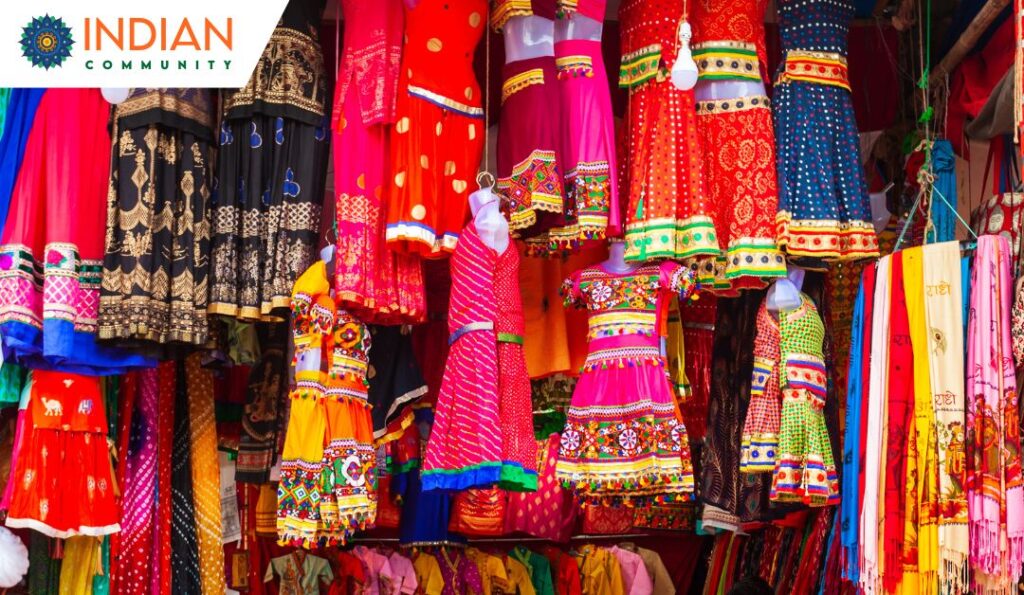
“India, a land of diversity, rich traditions, and vibrant festivals, presents a unique yet rewarding challenge for businesses aiming to tap into its consumer market. Understanding the cultural nuances and occasions when Indians are most inclined to make purchases is essential for any business owner looking to successfully sell to Indian customers. In this comprehensive guide, we’ll delve into the various occasions and reasons why Indian customers buy, offering strategic insights for businesses to leverage these insights effectively.
Understanding the Cultural Landscape
India’s cultural fabric is woven with a myriad of festivals, ceremonies, and traditions, each with its own significance and impact on consumer behavior. To effectively sell to Indian customers, businesses must grasp the nuances of these cultural occasions and align their marketing strategies accordingly.
Festivals and Celebrations: A Prime Buying Season
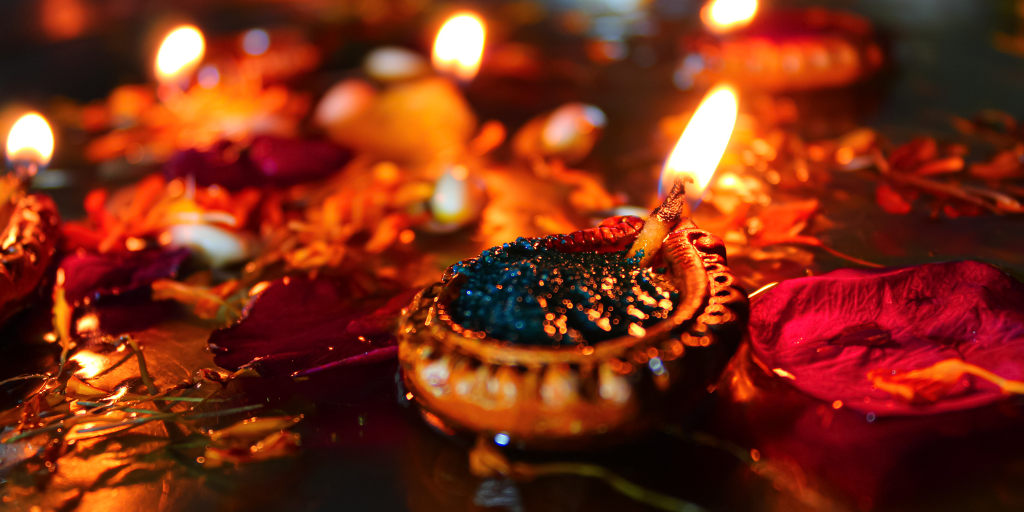
1. Diwali: Known as the festival of lights, Diwali is one of the most significant festivals in India. It symbolizes the victory of light over darkness and is celebrated with much fervor and enthusiasm across the country. During Diwali, Indians engage in extensive shopping, purchasing items ranging from clothing and electronics to home décor and gifts. According to a report by the Confederation of Indian Industry (CII), Diwali sales account for approximately 30% of the annual retail sales in India, making it a lucrative period for businesses.

2. Akshaya Tritiya: This auspicious day holds great significance for Indians, particularly for purchasing gold and other precious metals. It is believed that any investments or purchases made on Akshaya Tritiya will bring prosperity and good fortune. According to the World Gold Council, India is one of the largest consumers of gold globally, with Akshaya Tritiya contributing significantly to gold sales, accounting for around 25% of the annual gold purchases in India.
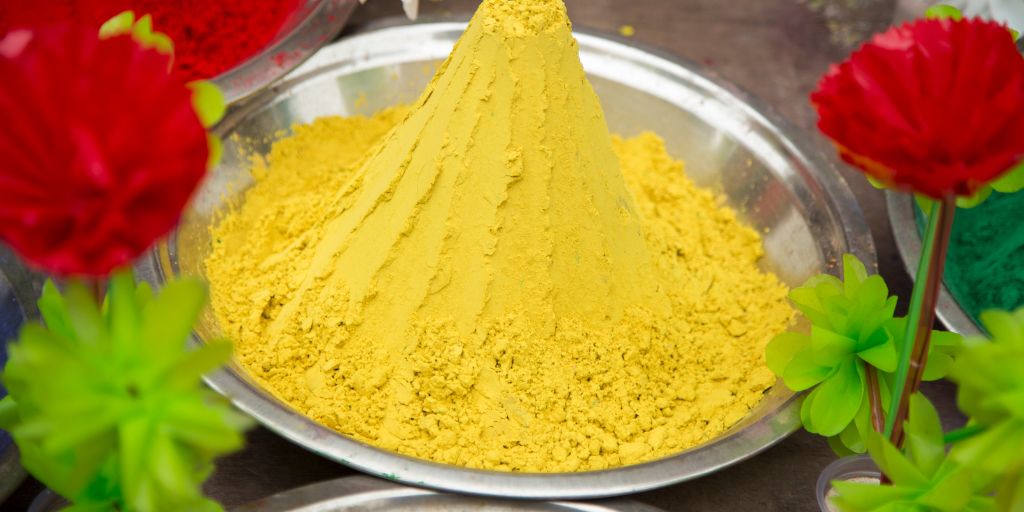
3. Holi: Holi, the festival of colors, marks the arrival of spring and is celebrated with playful water fights and vibrant colors. It is also a time for gift-giving and indulging in festive delicacies. According to research by Nielsen, Holi witnesses a spike in consumer spending, with sales of color powders, sweets, and festive merchandise increasing by 20-25% during this period.
Weddings and Special Occasions
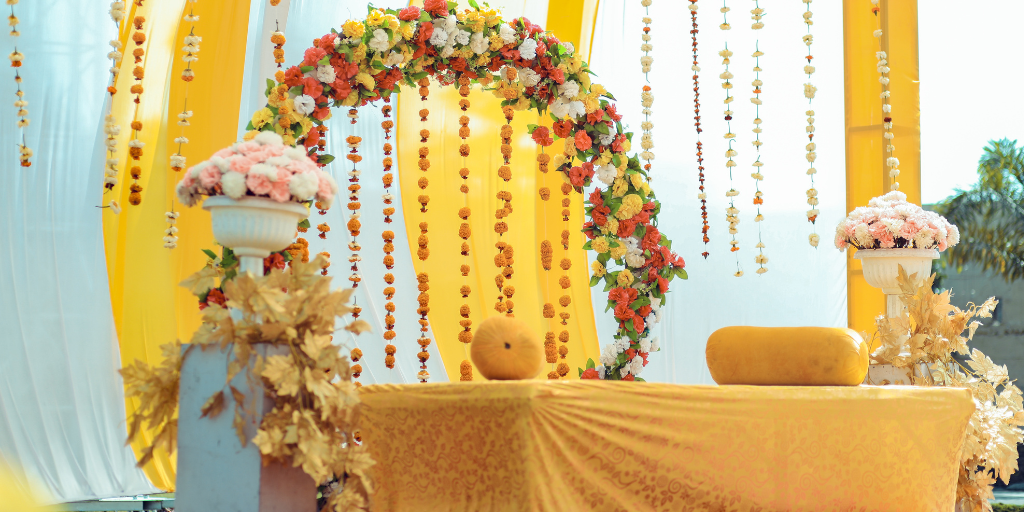
1. Weddings: Weddings hold immense cultural significance in India and are celebrated with grandeur and extravagance. From clothing and jewelry to gifts and home appliances, weddings entail a plethora of purchases. According to a study by KPMG, the wedding industry in India is estimated to be worth over $50 billion, with expenditures on wedding-related products and services witnessing a steady growth of 20-25% annually.
2. Birthdays and Anniversaries: Indians place great emphasis on commemorating birthdays and anniversaries, considering them as joyous occasions for celebration and gift-giving. According to a survey by Retailers Association of India (RAI), the gifting market in India witnesses a surge during the festive and celebratory seasons, with spending on personalized gifts and themed parties increasing by 30-35%.
Seasonal and Regional Preferences
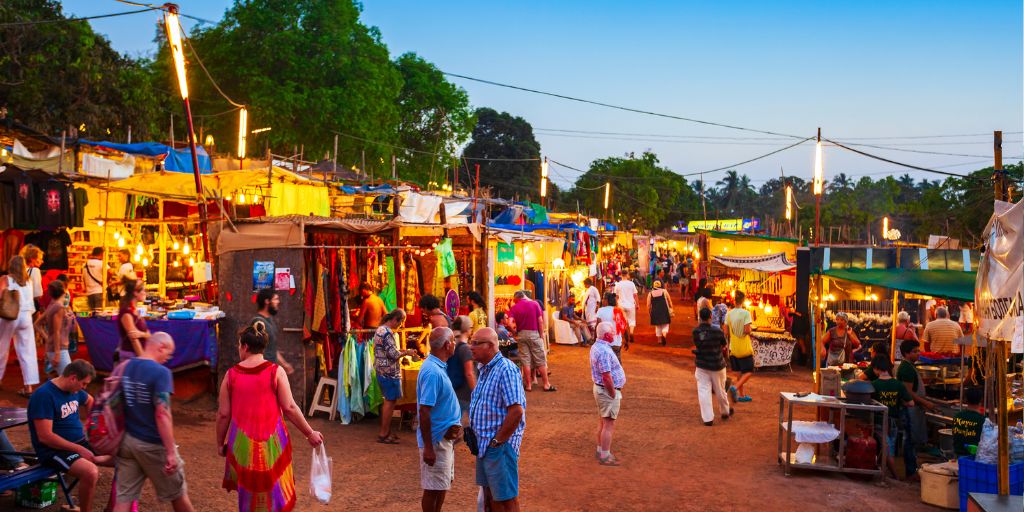
1. Monsoon Season: The monsoon season brings relief from the scorching summer heat and is often associated with cravings for hot beverages, comfort food, and cozy apparel. According to market research firm Mintel, sales of rain gear, herbal teas, and comfort meals witness a boost of 15-20% during the monsoon season, as consumers seek products that cater to their seasonal preferences and needs.
2. Regional Festivals: India’s diverse cultural landscape is enriched with a myriad of regional festivals and traditions, each offering unique opportunities for businesses to connect with local communities. By understanding the significance of regional festivals such as Pongal in South India, Bihu in Assam, and Navratri in Gujarat, businesses can tap into niche markets and customize their offerings to resonate with specific regional demographics, thereby expanding their consumer base.
Selling to Indian customers requires more than just offering quality products and services; it demands a deep understanding of the country’s rich cultural heritage, diverse consumer behavior, and the economic power of the Indian diaspora abroad. By aligning marketing strategies with key cultural occasions, festivals, and traditions, businesses can not only attract Indian customers in their homeland but also tap into the lucrative market segment of the Indian diaspora, fostering long-lasting relationships built on trust, respect, and cultural sensitivity. Embrace the vibrancy of India’s cultural landscape, and unlock the vast potential of both the domestic and international Indian markets.”




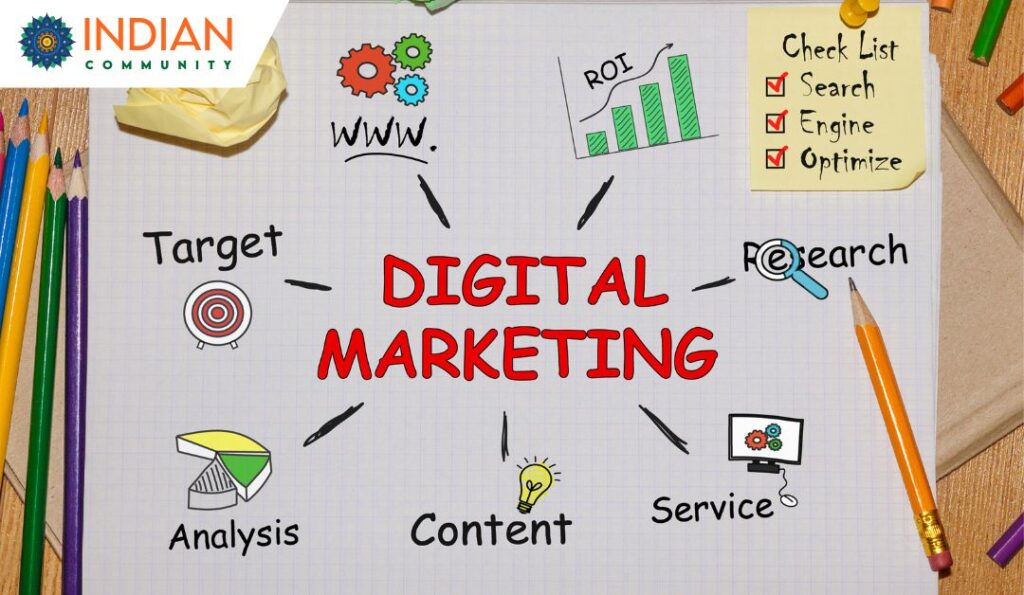


Responses